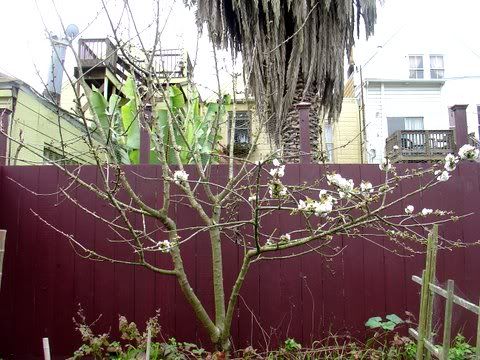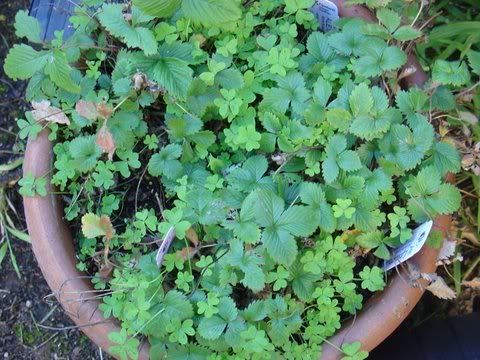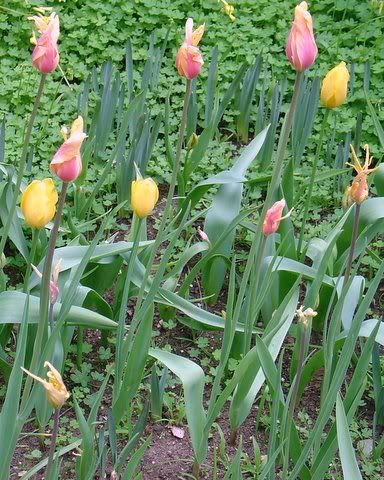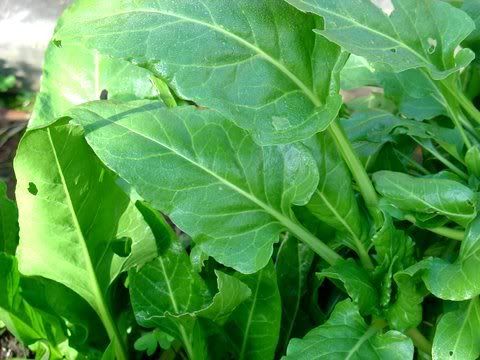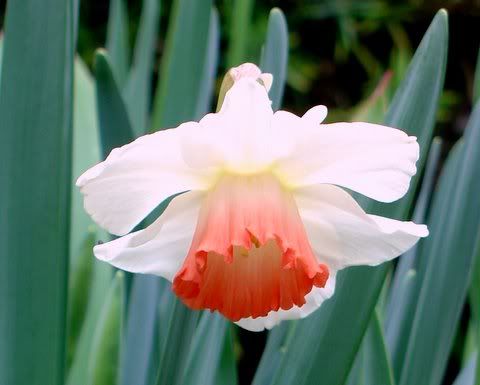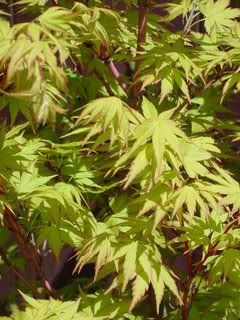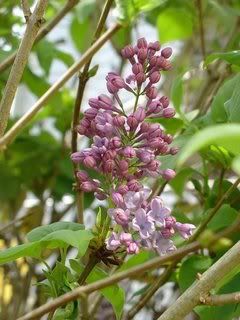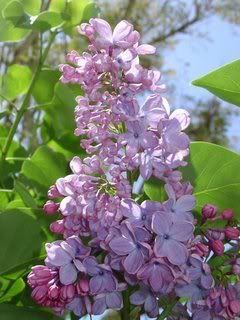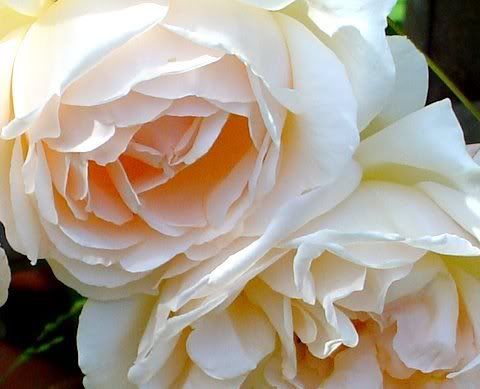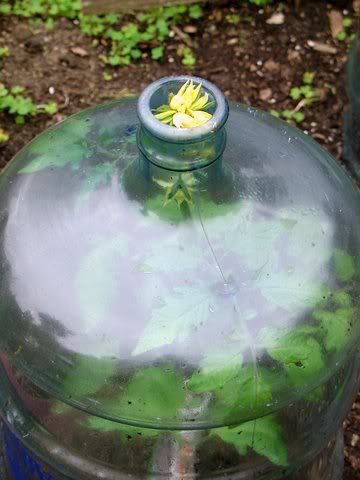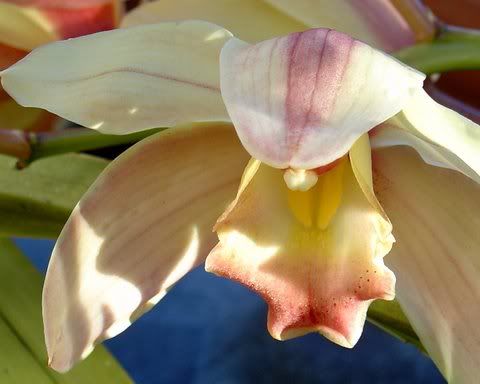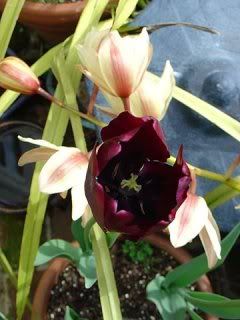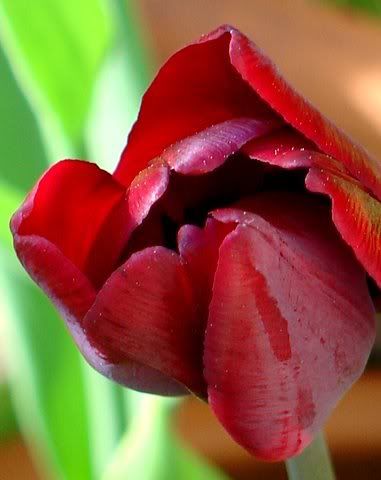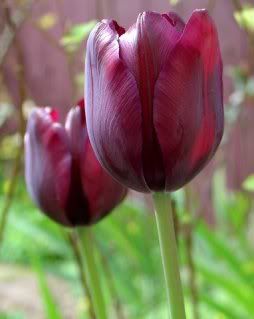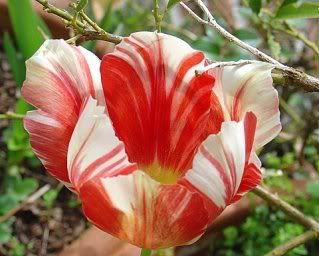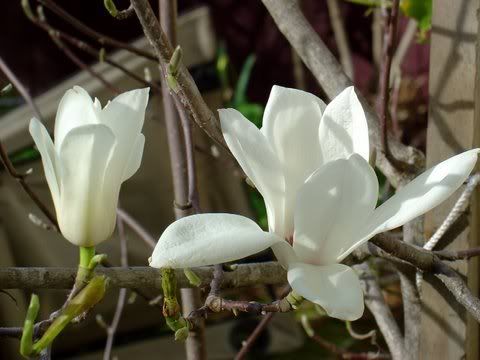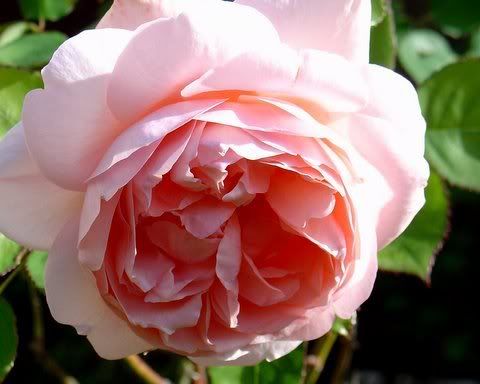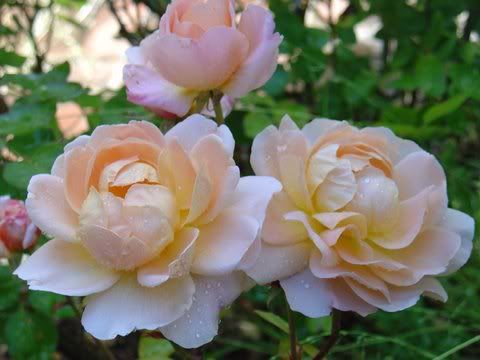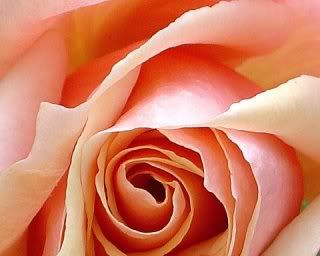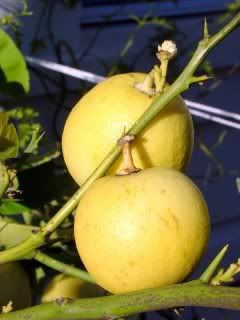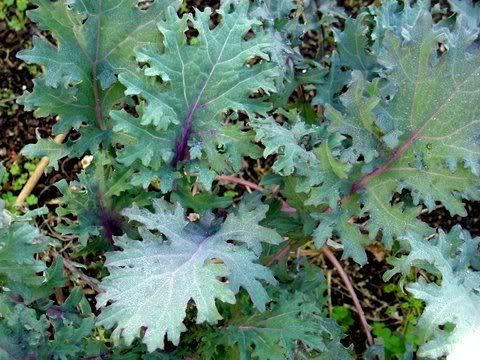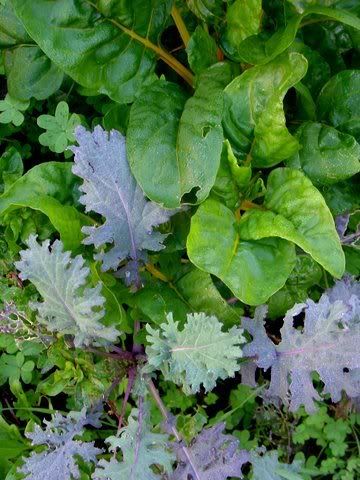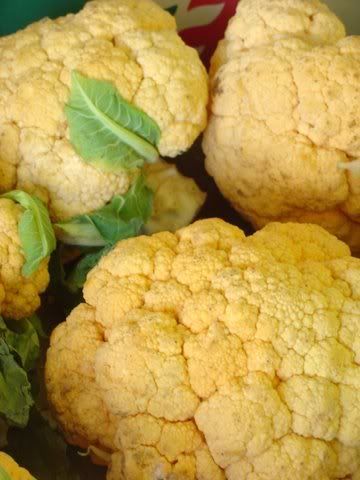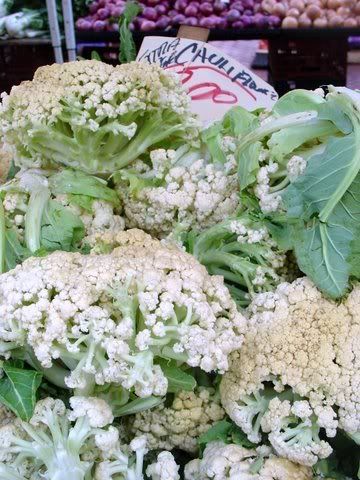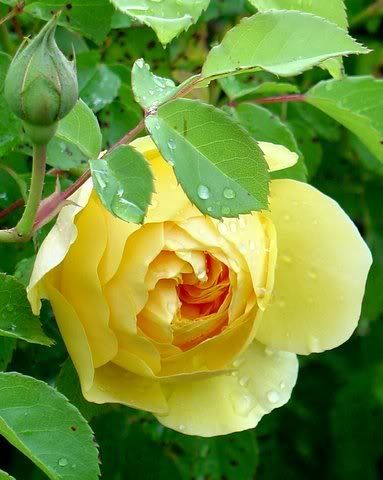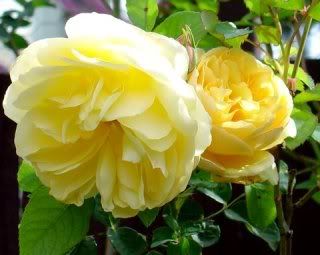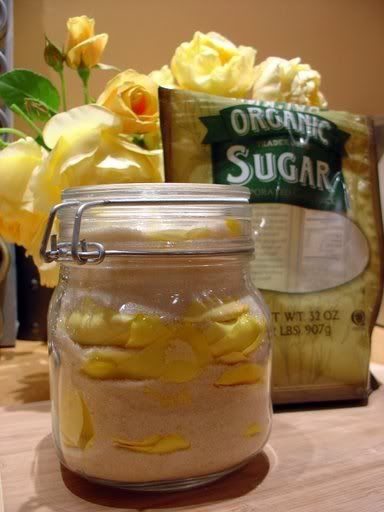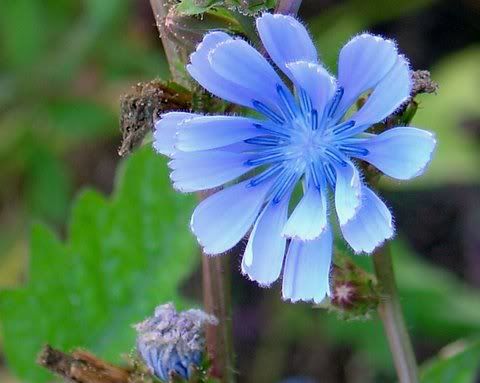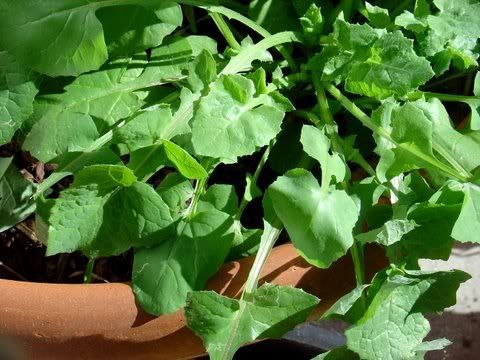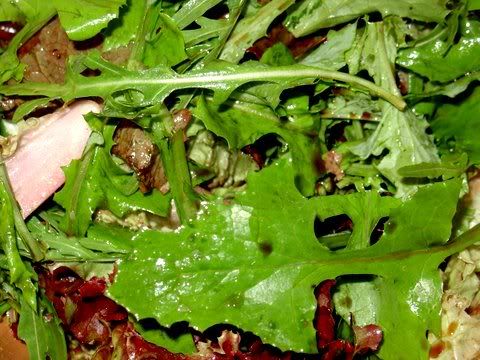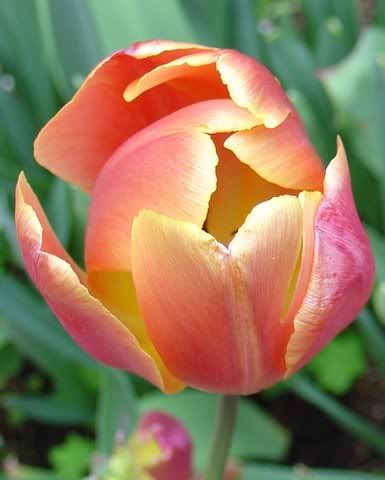
It seems to me I can always count on the garden for my Easter flowers, so Easter must be late this year as most of the tulips are gone and the few that are coming up were planted too late (January) to be really healthy, in fact they have mutated to other worldly looking blossoms. Because I replant pots each year I'm not even certain of what kind is in the photo above. I was almost certain I planted Apricot Beauty, but this is not typical of that cultivar.
Perhaps the bulbs were mislabeled and the smaller of the 2 in this photo is an Apricot Beauty. I'd be content with a few pots of those, but potted tulips do not rebloom reliably each year. Still the coral color is lovely and I'm happy to have one at least.
This photo is quite beautiful for the color and if I'm not mistaken, looks very much like Apricot Beauty after all. It makes me wonder why these bulbs varied in color this year. Perhaps there is a virus in the pots, since I don't change the potting mix each year. As it happens the beautiful frilly, striped tulips known by the names of Rembrandt Tulips, Parrot Tulips and several other names are actually mutations caused by viruses that are soil borne. If you happen to notice tulips blooming or reblooming with broken colors or jagged edges, then you have a virus. It is advised to pull these tulips or they, in time, can infect other plants.
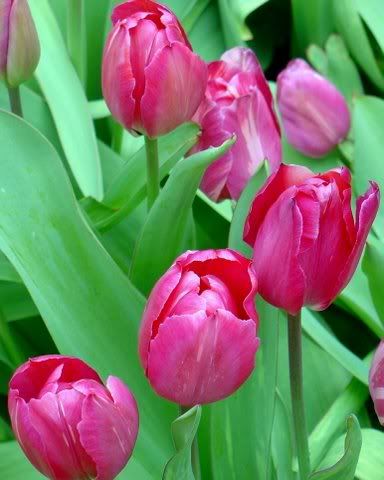
There are very specific color guidelines in the garden, a way for me to limit what I was buying (anything and everything) and pink is not a color I would readily choose. The tulips in the above photo are a prime example of bulbs that have been affected by a virus. They are called Carmella, and although I love them for reblooming for the past 5 years, it would be oh so nice if they could revert to their apricot pink color of origin. These are hard to find, so I may never get to replant them.

